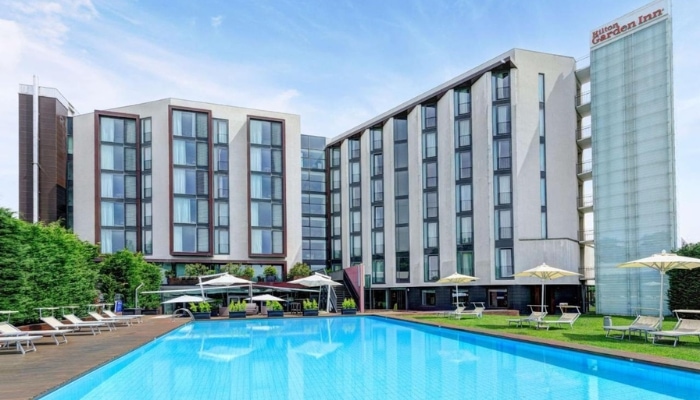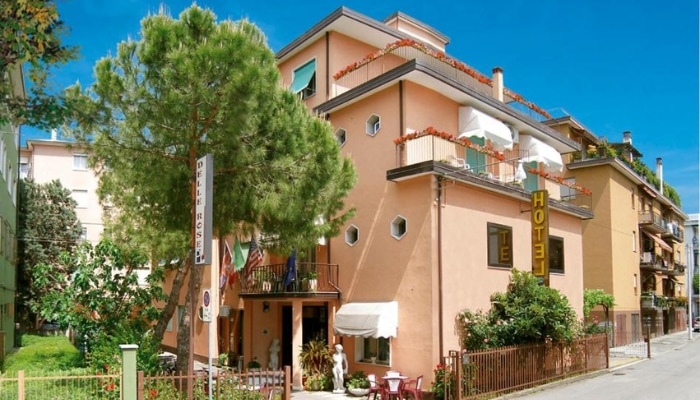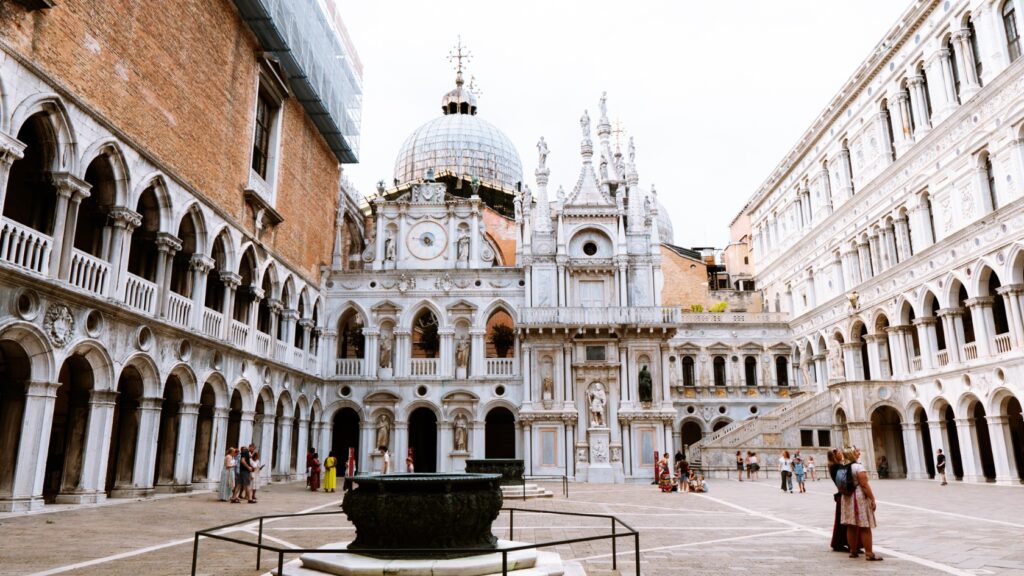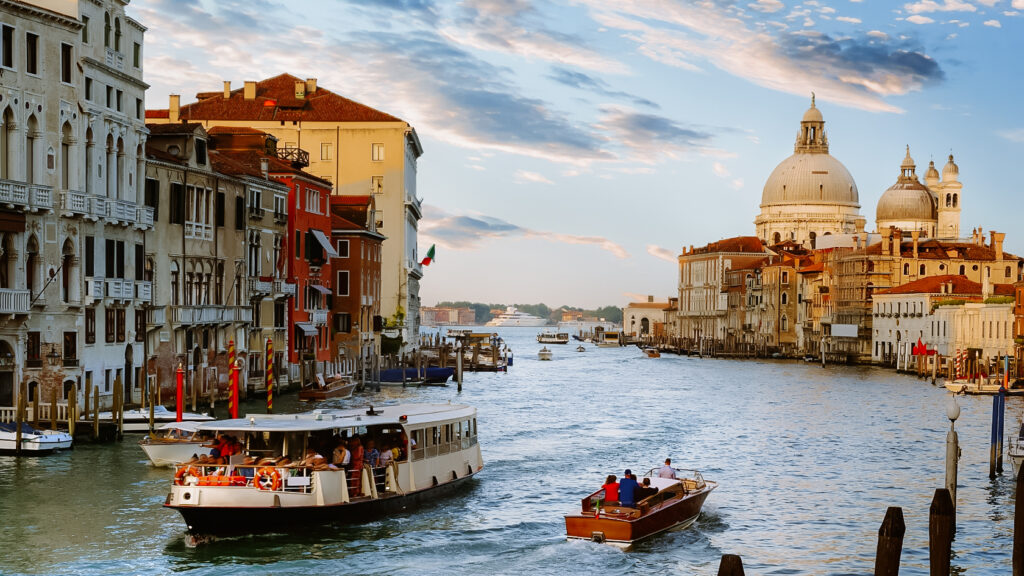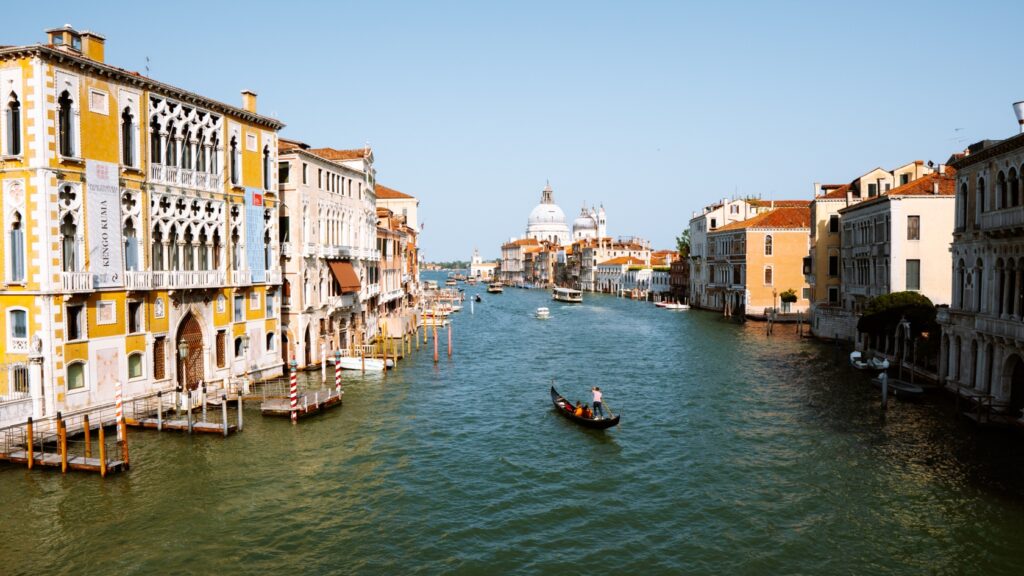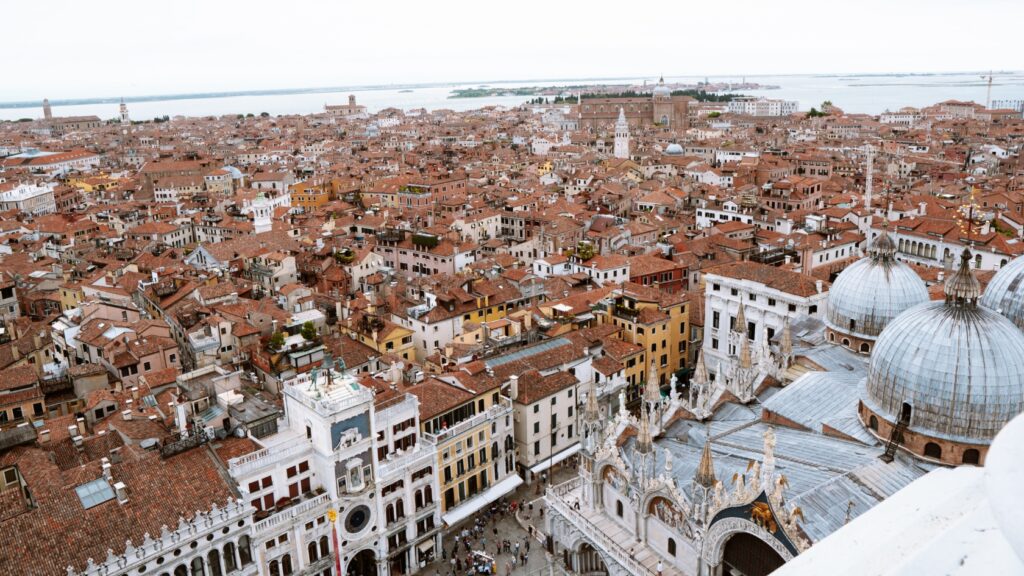Venice, Italy has one of the most unique transport systems in the world. The city consists of more than 100 islands and is famous for its extensive network of canals, which serve as the main mode of transport. If you’re planning a trip to Venice, this article will tell you everything you need to know: what transport in Venice is like, how the water bus (vaporetto) works, how much tickets cost and other useful tips.
Geography of Venice
To make it easier to understand the transport in Venice, let’s take a closer look at its geography. Venice is divided into island and mainland parts. They are connected by the long Ponte della Libertà bridge.
There are no canals on the mainland, which is called Mestre. You can get here by car, bus, tram and train. The Mestre is just a few minutes from the old town of Venice and offers complete facilities.
For this reason, many people prefer to stay in Mestre and commute to Venice by public transport.
Here you can find the best accommodation in Mestre:
- Hilton Garden Inn Venice Mestre: Four-star modern hotel with great value for money, swimming pool, spa and excellent cuisine
- Hotel Alverì: Three-star comfortable hotel at a good price and with free parking
- Camping Venezia Village: Modern accommodation in self-contained bungalows with fridge and terrace, the complex also has a swimming pool, playground, restaurant and shop
- Hotel Delle Rose: Cheap but clean and pleasant hotel with good access to the airport and Venice
Accommodation in Mestre 😴
Once you cross the bridge, you will find yourself in Piazzale Roma. Buses, trams and trains end here. If you arrive by car, you must park in one of the car parks or parking garages – more about parking in Venice here.
From here you can get around by water bus, water taxi or on foot. The old town of Venice is relatively small – you can walk from one end to the other in 1-2 hours. Yet it provides full facilities – plenty of shops, restaurants and hotels.
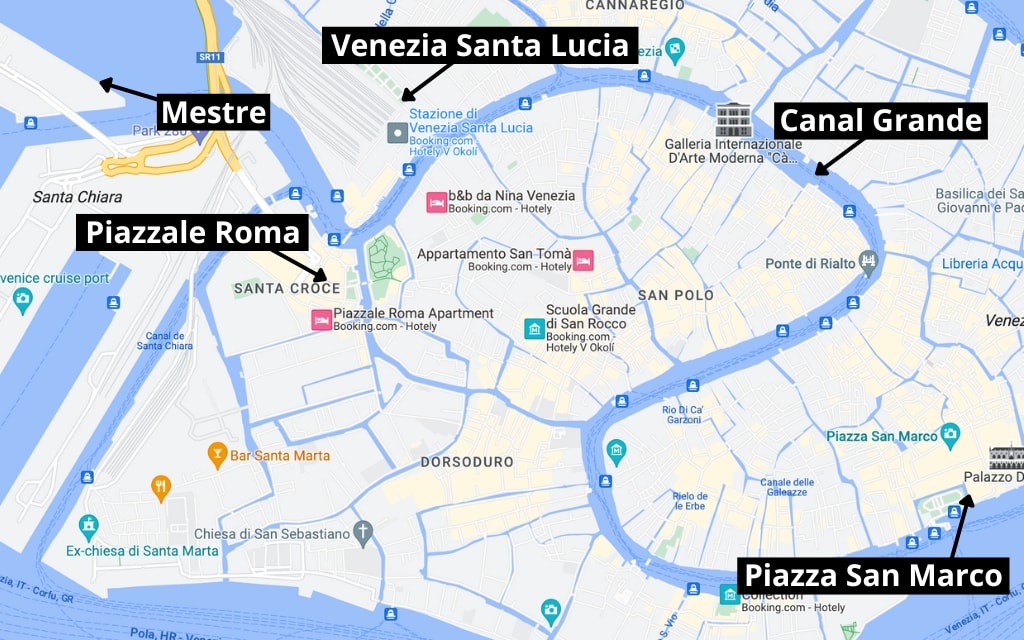
VENICE TRANSPORT
HOW TO GET AROUND VENICE
Below you will find ways to get around Venice – from water buses and water taxis to buses and trams in the suburbs of Venice. We’ll also talk about other practical information, including prices and timetables.
1. Water bus (vaporetto)
The Grand Canal, the main artery of Venice, winds through the centre of the city and divides it into two parts. This iconic waterway serves as a busy thoroughfare, dotted with magnificent palaces, historic monuments and traditional Venetian buildings.
A popular means of transport along the Grand Canal is the vaporetto, a public water bus. You can hop on a vaporetto for a unique view of the Rialto Bridge, the magnificent Ca’ d’Oro and the majestic Church of Santa Maria della Salute.

The Vaporetto operates similarly to buses in other cities, but instead runs on canals. It is operated by Actv, the local transport company. The Vaporetto runs on different routes across the city, along the Grand Canal on lines 1 and 2 (line 1 stops at all stops, line 2 skips some).
The rear part of the vaporetto is covered with seating, in the front there are several uncovered seats and a standing area in the middle.
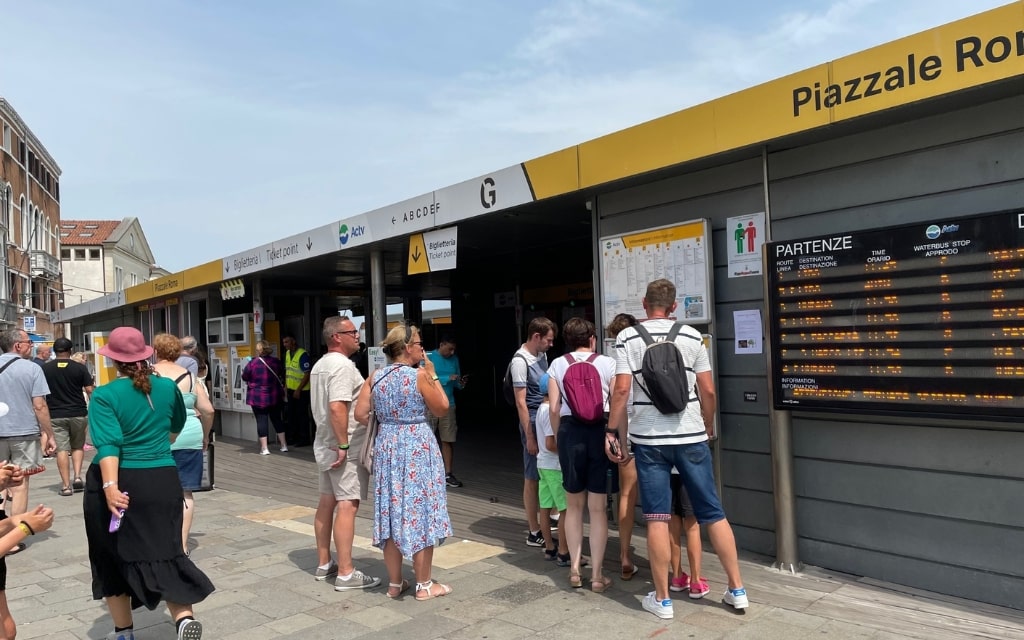
How much does a vaporetto cost in Venice?
One cruise costs 9,50 € and is valid for 75 minutes. If you plan to use the vaporetto more intensively, the multi-day tickets (24 hours for 25 €, 48 hours for 35 €, 78 hours for 45 €) are worth it. Children under 6 years travel free of charge.
Tickets can be bought directly at the vaporetto stop in the yellow machines, which also allow payment by card. Valid for the selected number of hours from the first activation in the turnstile located in front of the checkpoint.
The multi-day passes also include a network of buses and trams in Mestre and Lido and water lines to the islands in the vicinity (Burano, Murano, Torcello, Lido and others). Not valid for Alilaguna ships and Actv routes no. 16, 19, 21 and Casinò.
Here you can find a map of the water buses in Venice. Maps can also be found at most water bus stops, including descriptions of fares and stops.
How does vaporetto work?
You will arrive at the platform where you will buy a ticket, or. you already have your day pass. On the board you will see the numbers of water buses, arrival times and the letter of the platform where your vaporetto arrives.
Each platform has information for a specific vaporetto, so if you can’t find information for your line, go to the next platform. Here you will then attach your ticket to the turnstile and walk to the platform where you will wait for the water bus. On lines 1 and 2, you may not be able to fit into the first connection at peak times.
As soon as the water bus arrives, a worker opens the barrier to allow passengers to disembark. He will then call for boarding.
When the vaporetto is full and you plan to get off at the next stop, prepare to get off in advance. Sometimes it’s so fast that you don’t have time to fight your way through the passengers to the middle of the vaporetto where you get off.
Can I take my luggage on the vaporetto?
Yes, you can. Just keep in mind that at busy times, the vaporetto can get crowded. This applies especially to lines 1 and 2, which are full from mid-morning to late afternoon in high season (sometimes you have to wait for the next connection).
Read: The best itinerary for 2 days in Venice
2. Water taxi
Water taxis are a private, luxury form of transportation. These boats operate similarly to taxis in other cities, but are considerably more expensive. Nevertheless, it is a very popular option for getting around Venice, from Marco Polo Airport, to your hotel, etc.
It’s also a great way to see the Grand Canal, as no one is in the way and you have plenty of space.
You’ll recognize the taxis at first sight – sleek motorboats with “water taxi” written on them.
Water taxis have different stations than vaporetta – they are marked “taxi”. Water taxis can be hailed at the following stations, of which there are plenty to choose from around the Grand Canal. through your hotel.
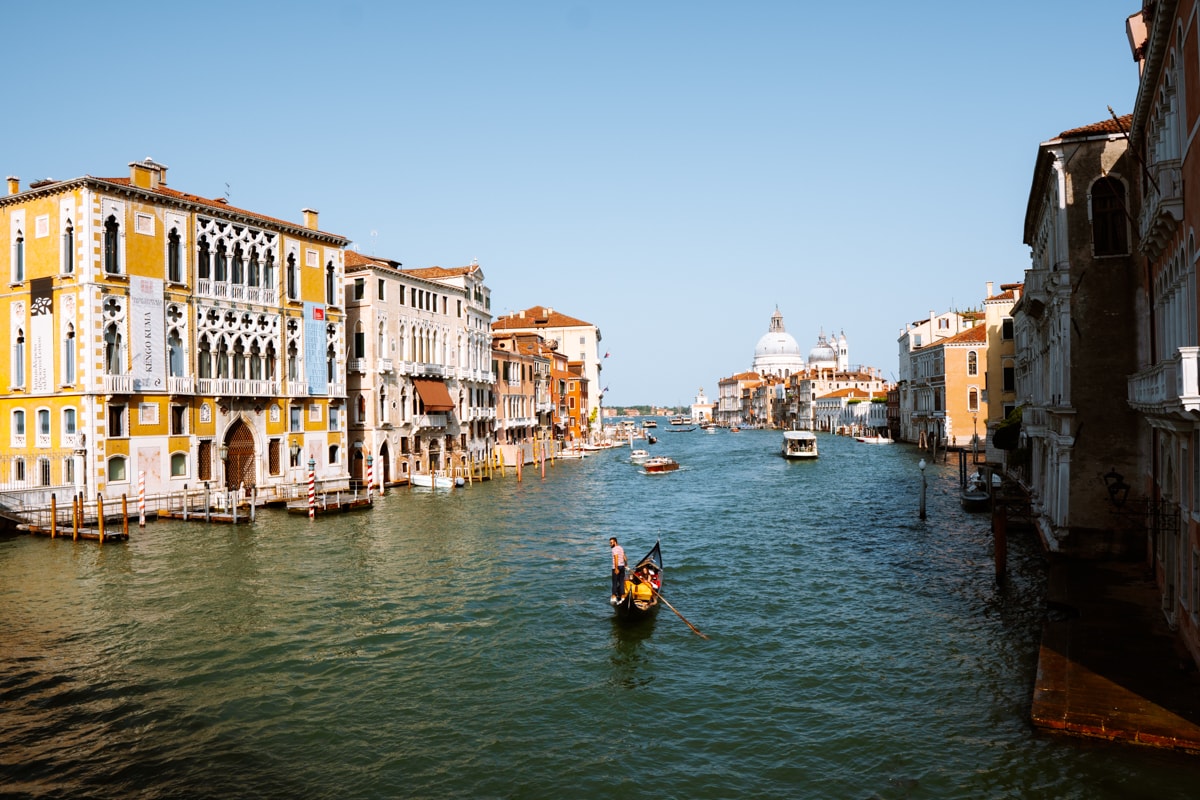
3. Traghetto
Traghettas are larger gondolas used by locals to cross the Grand Canal in places where there are no suitable bridges. A ride on the Traghetto usually costs a few euros and the stop is marked “Traghetto”.
Read: The most beautiful places in Venice
4. Gondola
A gondola ride is more of an experience than a form of transport in Venice.
There are less than 300 gondolas in the whole of Venice, which are nowadays used primarily for tourist purposes.
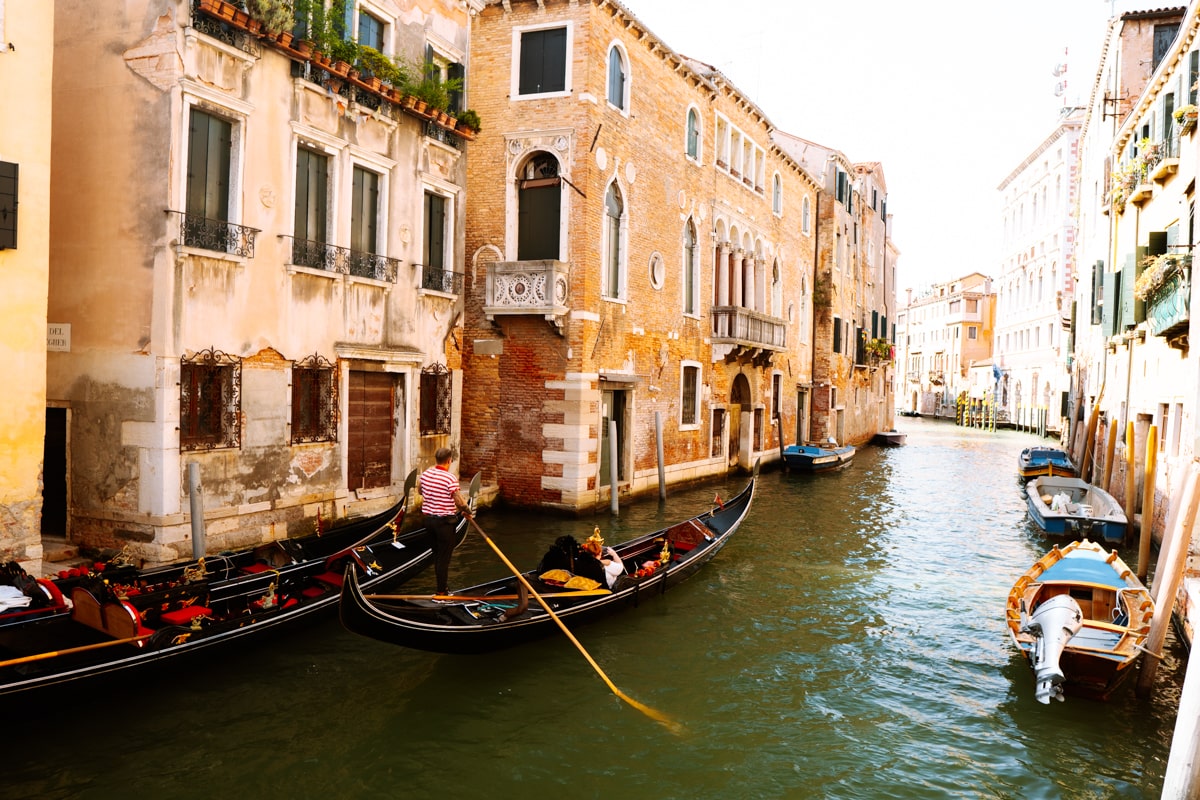
You can board the gondola in Venice at several locations. The most popular is the promenade of Piazza San Marco. However, be aware that there are queues for the gondolas near the main attractions and it may take a while to get on.
The price for a 30-minute gondola ride is €80 during the day and after 19 in the evening. 120 € per hour. The price is valid for the whole gondola, i.e. 6 people. You can buy in advance shared gondola ride for 30 € per person. Gondola rates are regulated by the City.
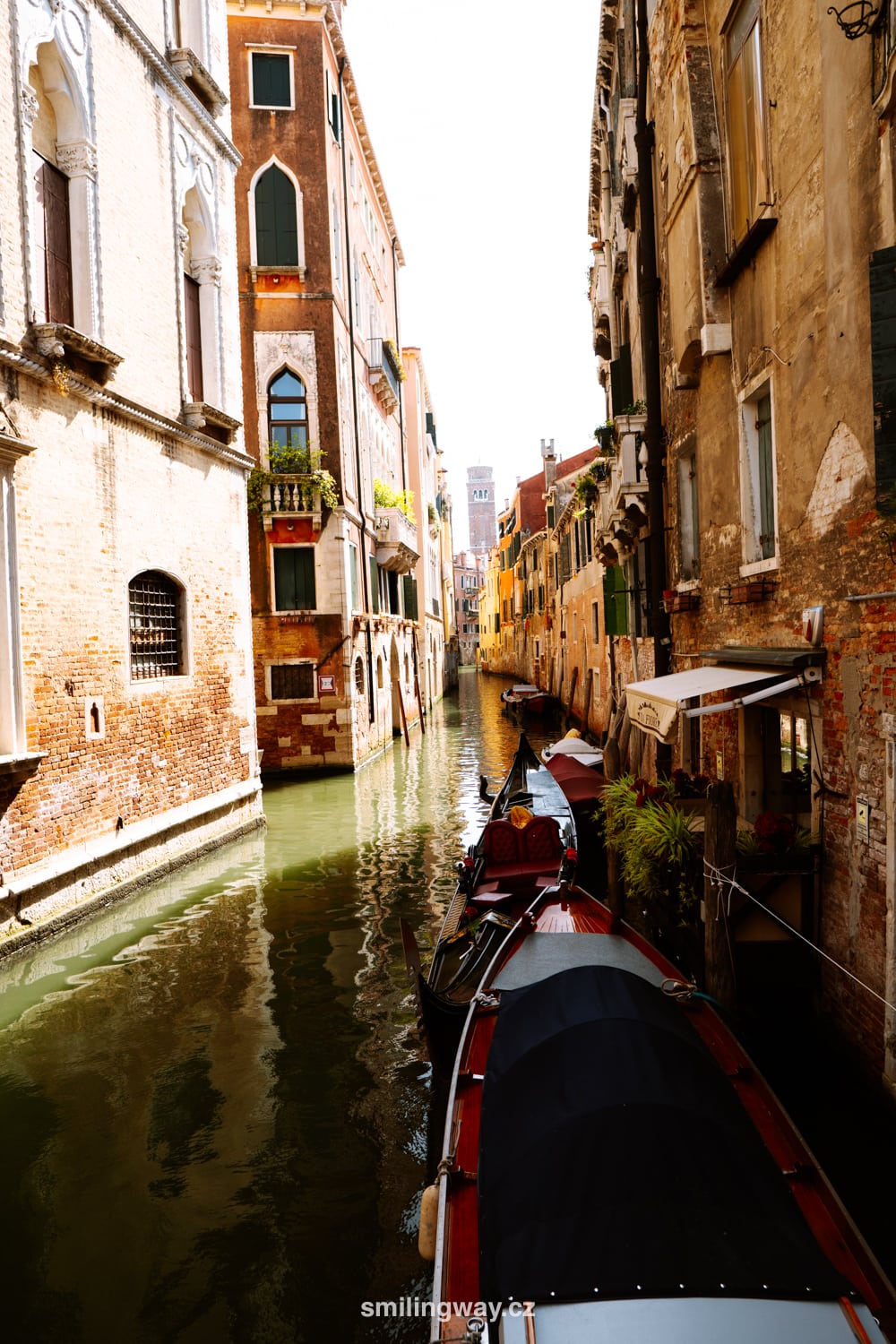
5. On foot
Given the small size of Venice and its layout, walking is one of the best modes of transport in Venice. The city is full of narrow, winding sidewalks and hundreds of bridges connecting the islands.
These alleys and bridges are ideal for strolling and getting lost in the maze that recalls the charm of the city. Discover hidden corners, local shops and lively squares where the locals gather.
Please note: Cycling is prohibited in Venice.
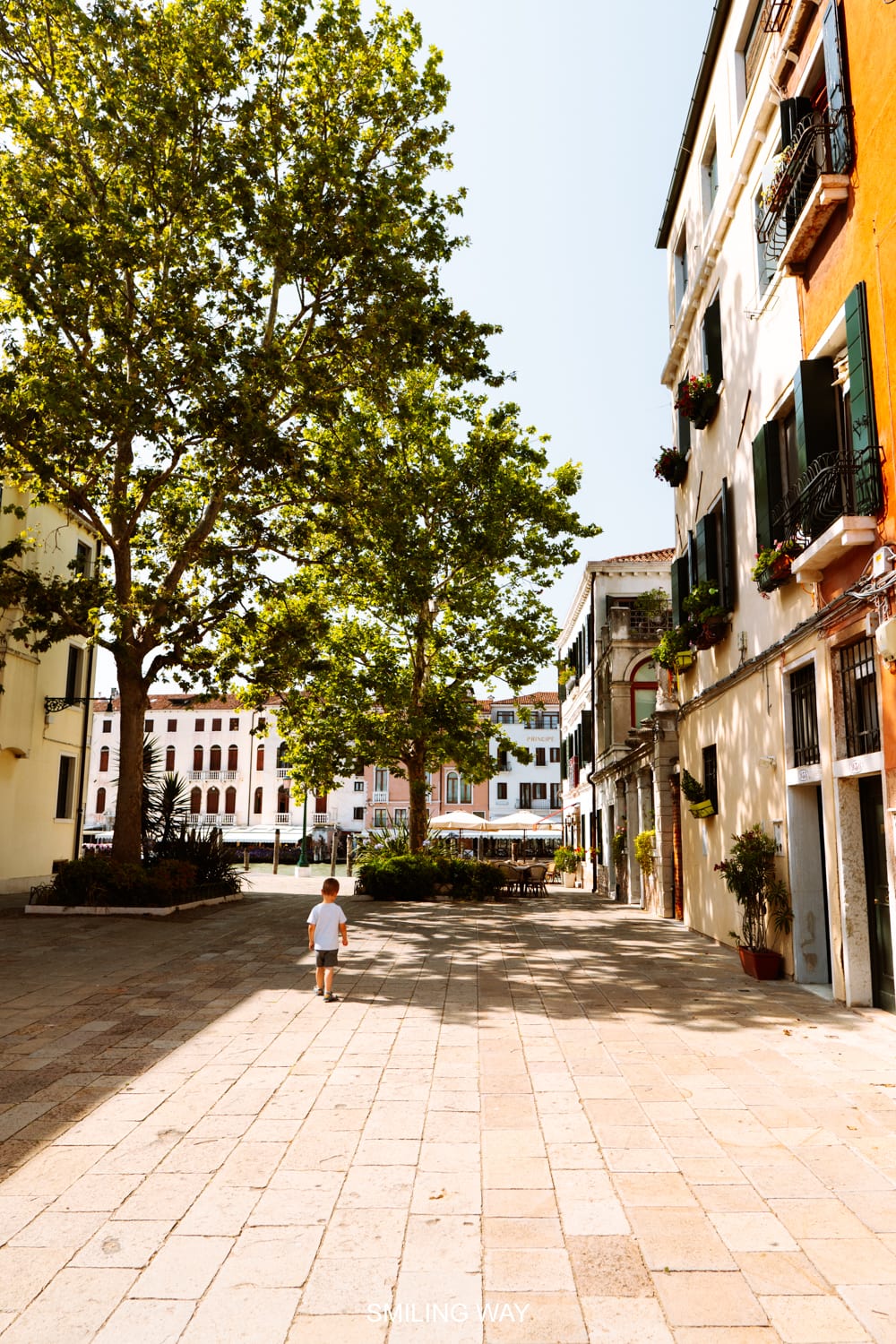
6. Buses and trams
Mestre has an extensive bus network operated by Actv. The latter operates urban lines in Mestre, Mestre with Venice and suburban lines connecting Mestre with other cities in the Venice metropolitan area. Some bus routes also connect Mestre with Marco Polo Airport.
A tramway connects Mestre to Venice via the Ponte della Libertà bridge, which spans the Venetian lagoon.
Bus and tram tickets cost €1.50. You can buy it at Actv ticket offices, newsagents, online or in vending machines at selected bus stops. Please mark your ticket when you board.
If you have bought a 24-hour, 48-hour or 72-hour ticket, you get the water buses in Venice and the buses and tram in Mestre included. Here you can find a map of buses and trams in Mestre.
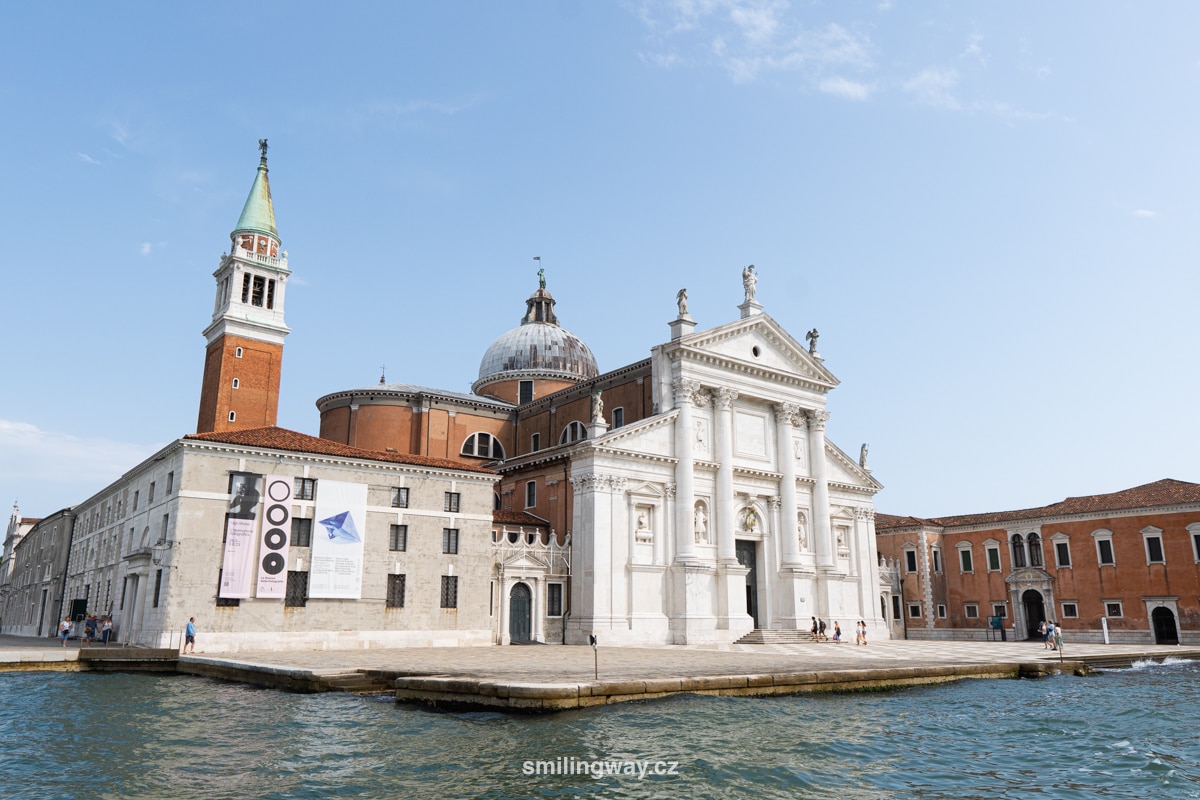
7. Train
Venice has its own train station, Venezia Santa Lucia, which is connected to Piazzale Roma by a bridge. The station is located at the western end of the Grand Canal in Venice and provides easy access to water buses and water taxis.
Mestre has a railway station, Venezia Mestre, which is one of the main stations in Italy. Many high-speed trains stop here, offering connections to cities such as Milan, Rome, Bologna and Trieste.
In addition to buses and trams, you can also take the train from Mestre to Venice. You can find the connections at trenitalia.it. It runs every few minutes and the journey takes 10 minutes at a cost of €1.45. You can buy your ticket at the ticket counter or at a ticket machine.
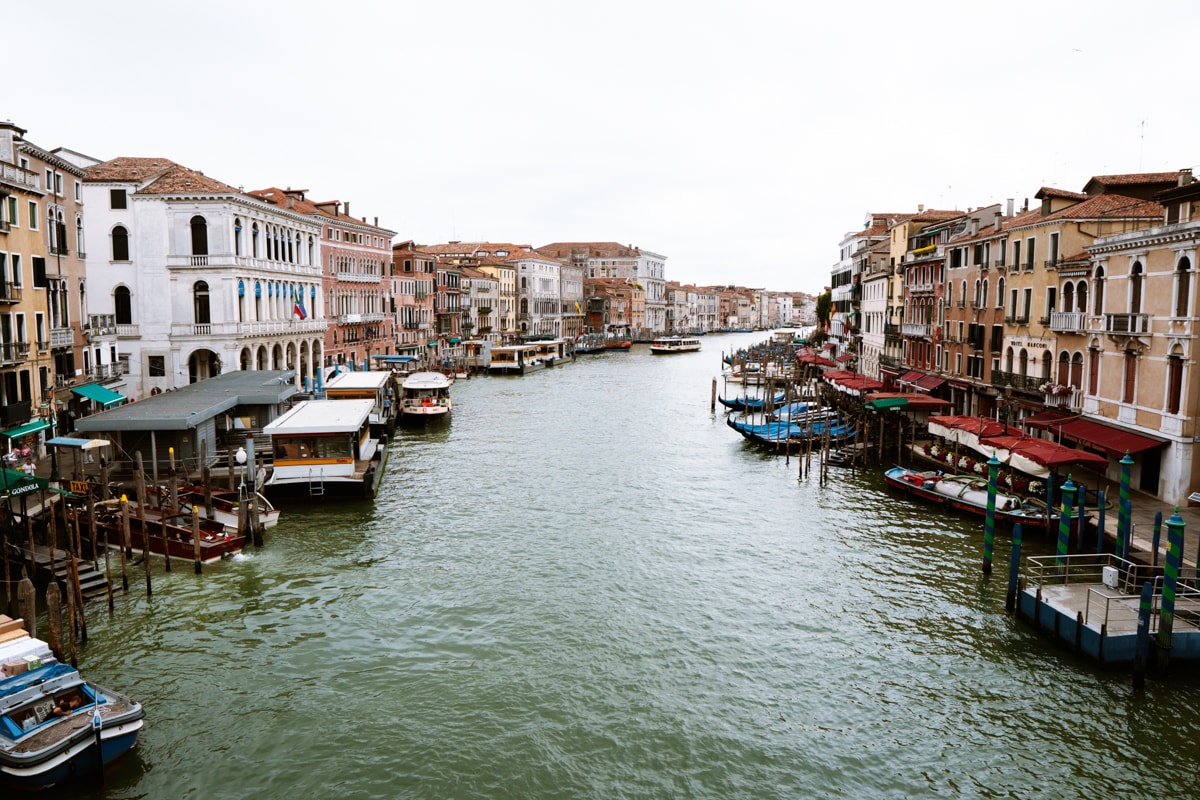
Read: Itinerary for 1 day in Venice
8. Auto
Cars are not allowed into Venice itself, which consists of islands connected by canals. You can drive along Mestre and into Venice as far as Piazzale Roma, where you must leave your car in one of the parking garages. Another option is to park on the island of Tronchetto. Read more about parking in Venice in the previous article.
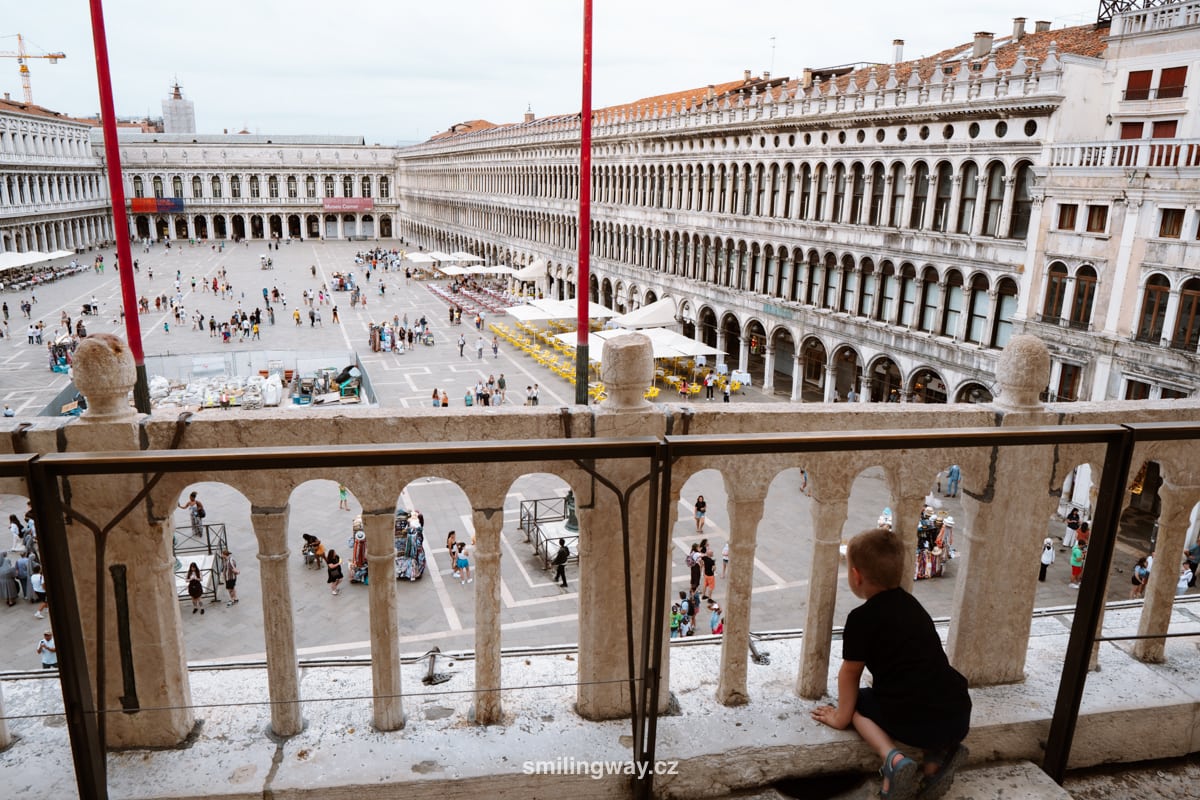
AIRPORT TRANSFER TO VENICE
HOW TO GET FROM THE AIRPORT TO THE CITY CENTRE
Venice is served by 2 airports – the main Marco Polo Airport and the more distant Treviso Airport, which is mainly operated by the low-cost airline Ryanair.
We have written information for both airports in separate articles. Here are the options for getting from Marco Polo Airport and here are tips on how to get from Treviso Airport to Venice.
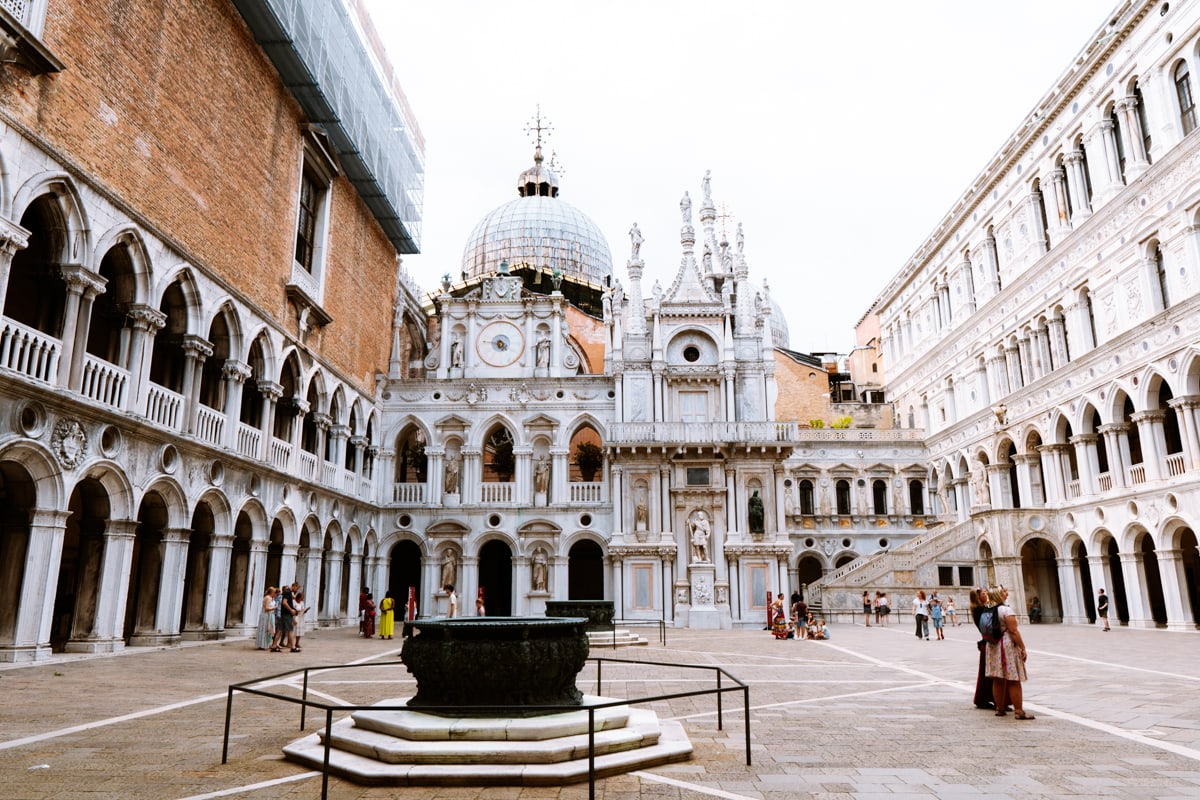
This was our guide to transport in Venice, Italy. Do you have a question? We’ll be happy to answer it in the comments below. Have a safe journey!
More information about Italy
VENICE: Get inspired with tips on what to see in Venice. If you’re planning a day trip to Venice, the Venice Day Trip Itinerary will help you plan.
Do you have more time? Here is an itinerary to enjoy 2 days in Venice.
As of 2024, there is now an obligation to pay the fee to enter Venice on selected days.
In the article about parking in Venice, you will learn everything you need to know about parking if you are driving.
Looking for ways to get from the airport to Venice? Here are tips on how to get to Venice from Marco Polo Airport. Flying into Treviso Airport? In this article you will find ways to get from Treviso Airport to Venice.
VERONA: Check out the best places to visit in Verona (including useful information on entrance fees and opening times). Also included is a guide with additional tips (transport, accommodation, food, Verona Card). The Verona in a day itinerary will help you plan your route.
LAGO DI GARDA: Here’s a list of the best things to do at Lago di Garda.
ITALY: Get inspired by the most beautiful places in Italy. Have you fallen in love with northern Italy like we have? In this article you can see the most beautiful places in Northern Italy.
Read even more tips on travelling in Italy.
Summary: Venice to the right
Venice is unique because it is a city built on water, so there are no cars or buses in the city centre. The main modes of transport in Venice are walking, water bus (vaporetto), water taxi and gondola. Bicycles and cars are used in areas such as Mestre on the mainland.
Vaporetto is the Venetian water bus service. It runs on various routes along the Grand Canal and to the outer islands. You will purchase your ticket before boarding and then check it at the turnstile.
Yes, there is a vaporetto to the surrounding islands. The ticket price is the same as for the rest of Venice.
No, motor vehicles are not allowed in the historic centre of Venice. If you arrive by car, you must park in one of the garages in Mestre or on the outskirts of the town, for example the Tronchetto garage, and then continue on foot or by water.
Yes, Actv offers tourist travel cards that allow unlimited use of transport services for a set number of days. There are also combination cards, such as the Venice Card, which offers transport, museum admissions and other services.
There are regular trains, buses and trams from Mestre to Venice. The train journey takes approximately 10-15 minutes. The fare is €1.50 in all cases.
